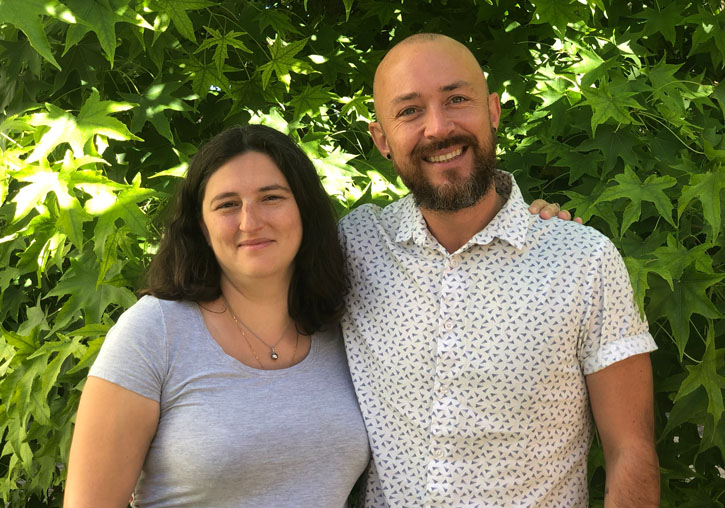
The COST (European Cooperation in Science and Technology) organisation, which funds research and innovation networks, has recently awarded the COST Innovator Grants. One of the six proposals is The Grapevine Genomics Encyclopedia (GRAPEDIA), led by José Tomás Matus, researcher at the Institute for Integrative Systems Biology I2SysBio, joint research centre University of Valencia-CSIC. This project will have a duration of 12 months and was granted by 125,000 euros.
GRAPEDIA will be a single open access platform, following a federative database structure and allowing data exploration and visualisation of all grapevine genetic, omics and phenotyping resources, with tools for comparative analysis and customised services to the academy and industry. Despite the huge amount of public data available for this species, most resources are dispersed and not interoperable.
The data that can be gathered on plant phenotypes and omics resources has an enormous potential for the challenges we face for the near future, including global warming, pathogen resistance and sustainability. “The possibility of designing new cultivars able to cope with environmental transitions and pests and ensure eco-friendly cultivation depends on how we use all these genetic and genomic resources”, says Tomás Matus, Ramon y Cajal Program researcher at the University of Valencia and I2SysBio.
The proposal was based on three main pillars. The first one is the community, which has generated so far an exhaustive amount of data of different types and nature. The second pillar is the GRAPEDIA meta-database, which will collect this data, pre-process it to make it readable and organise it in modules. The third one are services; of graphical, interactive and exportable nature, some of which will be free while others will be tailored and offered at a fee. Examples include genome browser navigators, single and multiple gene dashboards and omics experimental workflows. “We also expect to generate software applications covering special needs which may go from simple RNA-seq data analysis and integration to other datasets, to disease diagnosis devices and consulting on data interpretation”, explains José Tomás Matus.
GRAPEDIA will have the same duration and endowment to benefit from the same networking activities available to COST Action INTEGRAPE, including short-term scientific missions, training schools, working group meetings and annual meetings. The CIG grant will also help develop an efficient business plan to achieve GRAPEDIA’s commercial exploitation, allowing its sustainability and growth after the CIG period ends.
José Tomás Matus (biologist and PhD from the Catholic University of Xile) is currently contracted to the Ramón y Cajal program (Agriculture Area), at the Institute of Integrative Systems Biology (I2SysBio). His laboratory (TOMSBio Lab) focuses on the transcriptional regulation of secondary metabolism, which has included genomic analyses of families of transcription factors and analyses of global gene expression, among others.
COST helps connecting research initiatives across Europe and beyond and enables researchers and innovators to grow their ideas in any science and technology field by sharing them with their peers. The COST Innovators Grant aims to enhance the pace and success of breakthrough innovations, building bridges between the scientific research and marketable applications and/or societal solutions, and exploring innovation potential.











